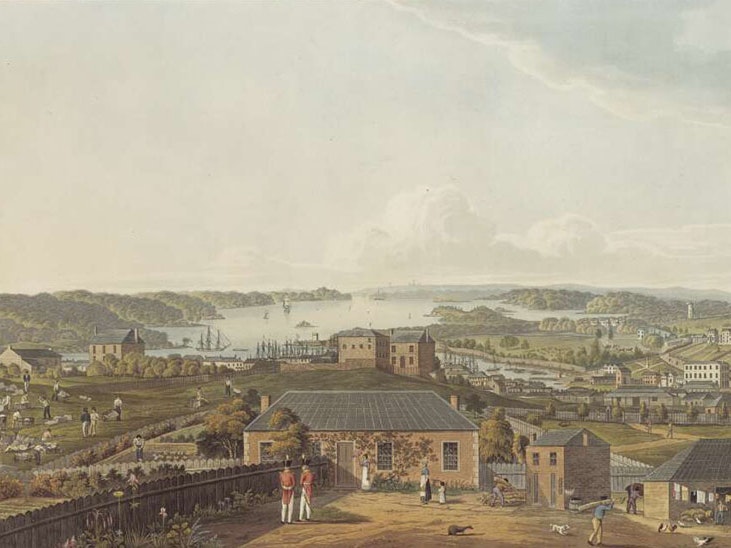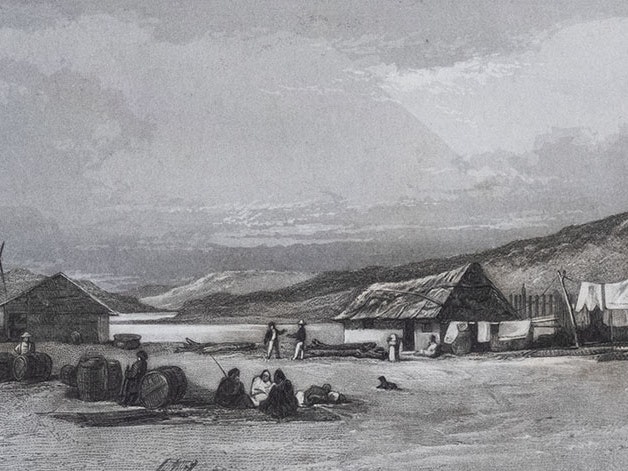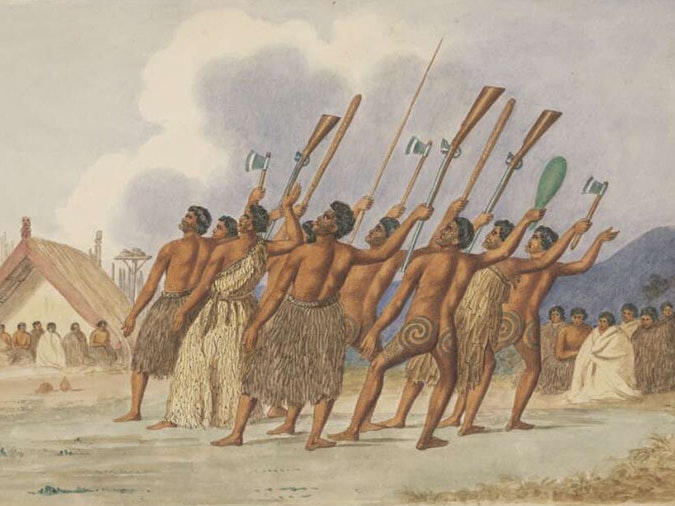
A Māori world
Polynesian people stepped onto these shores some 800–1,000 years ago. Over the following centuries, this country was a place of independent tribal groups who looked after their own territories and lived close to the land, physically and spiritually. Eventually every part of the country was overseen by a particular iwi or hapū, each led by their own rangatira.




